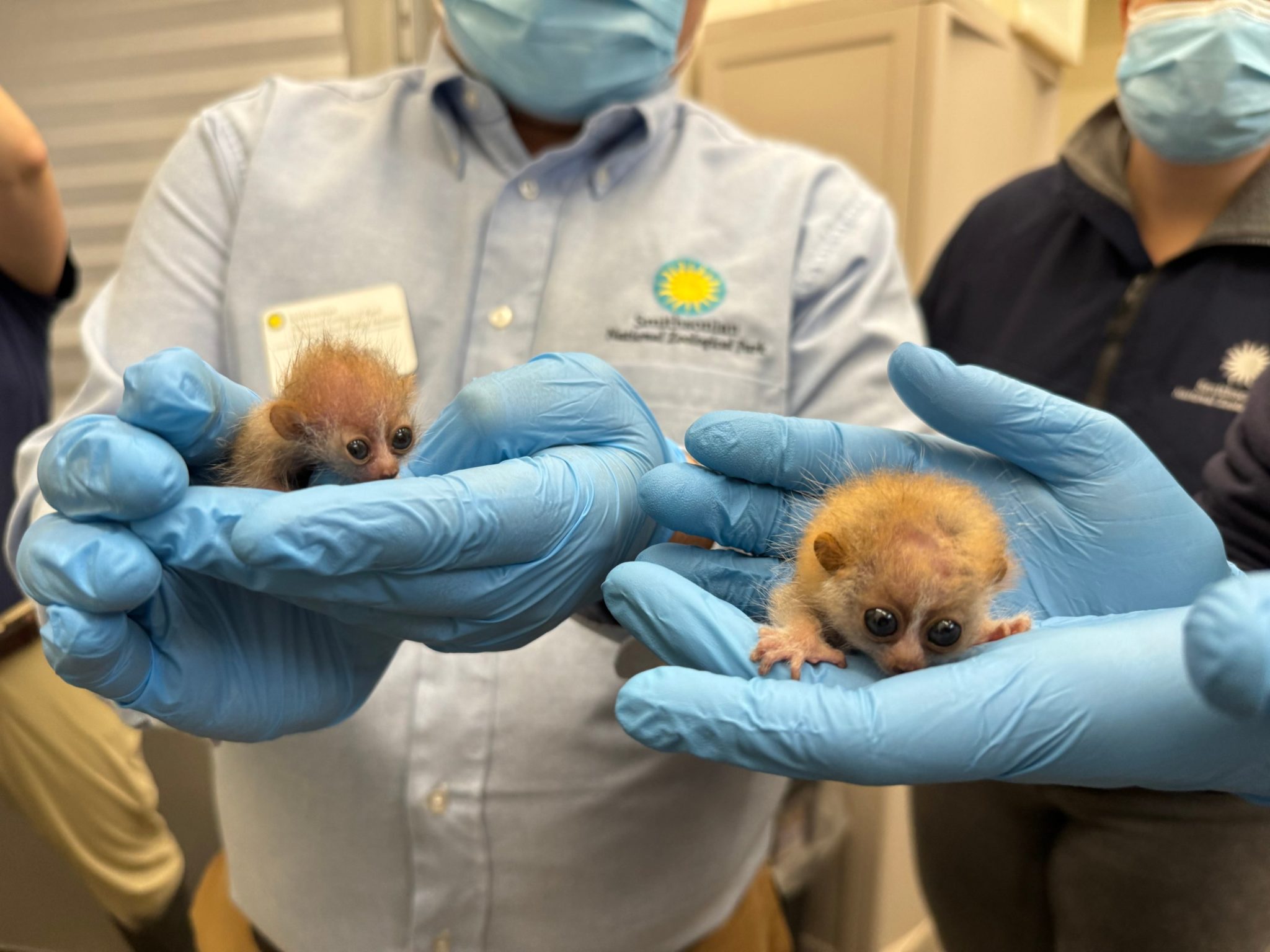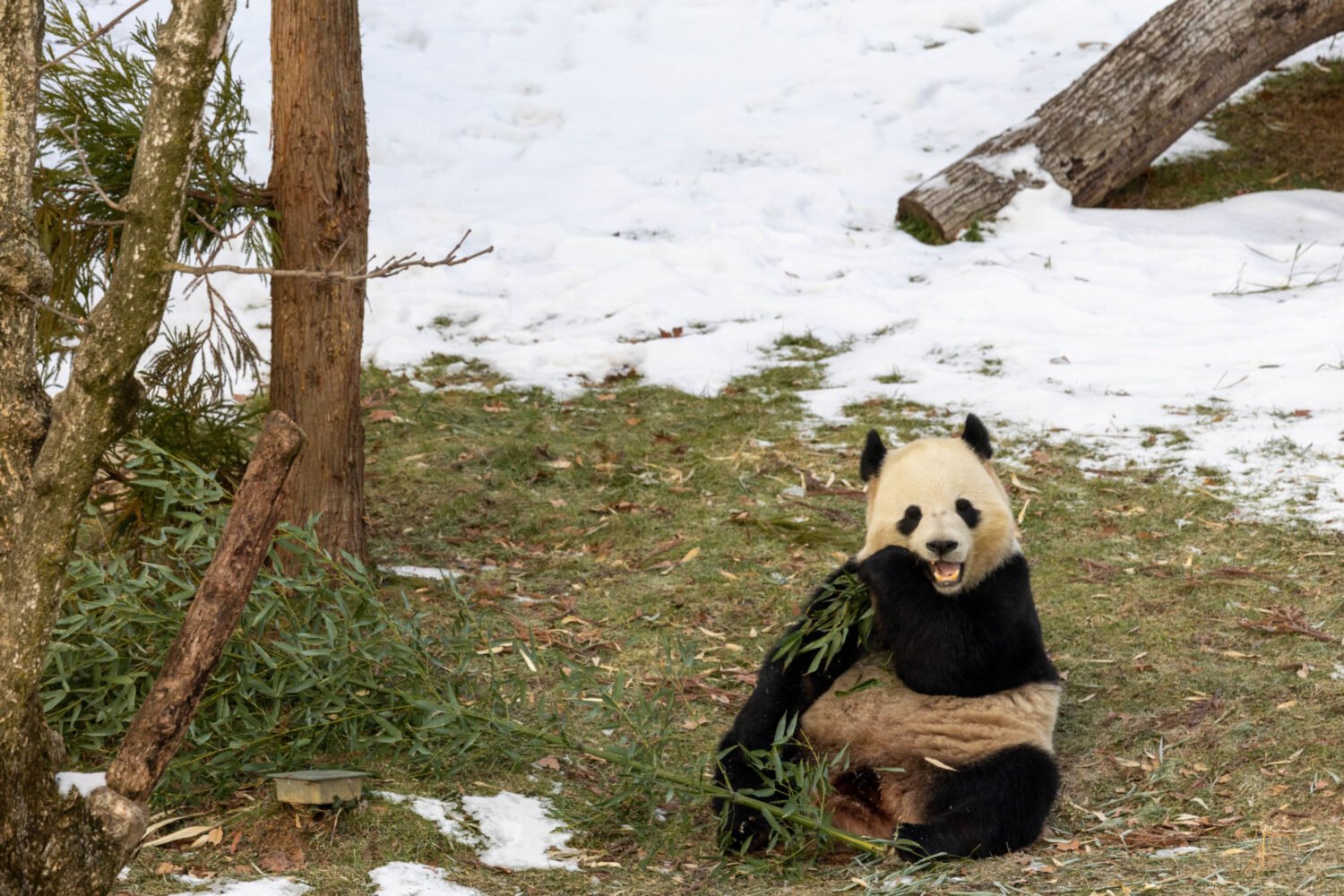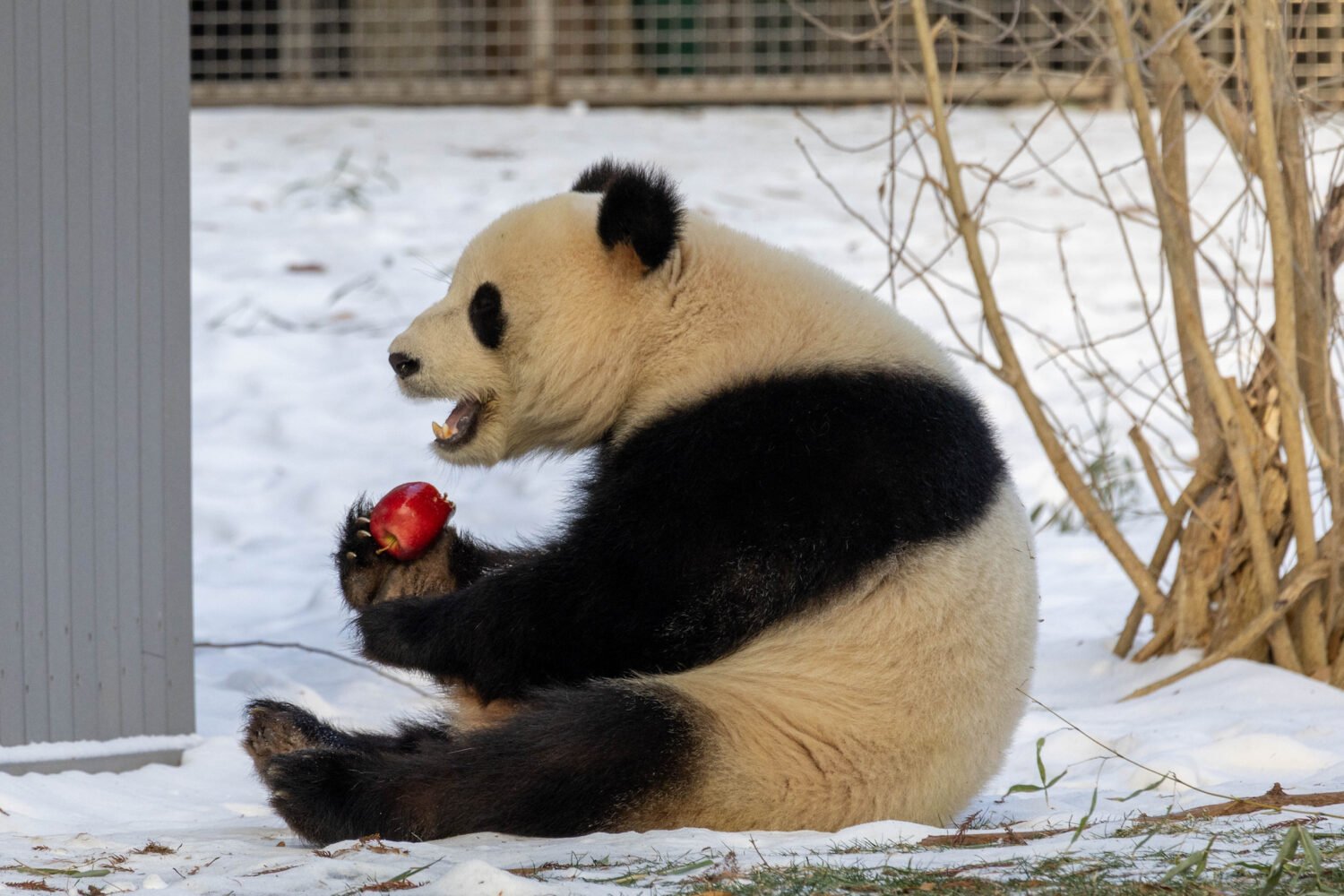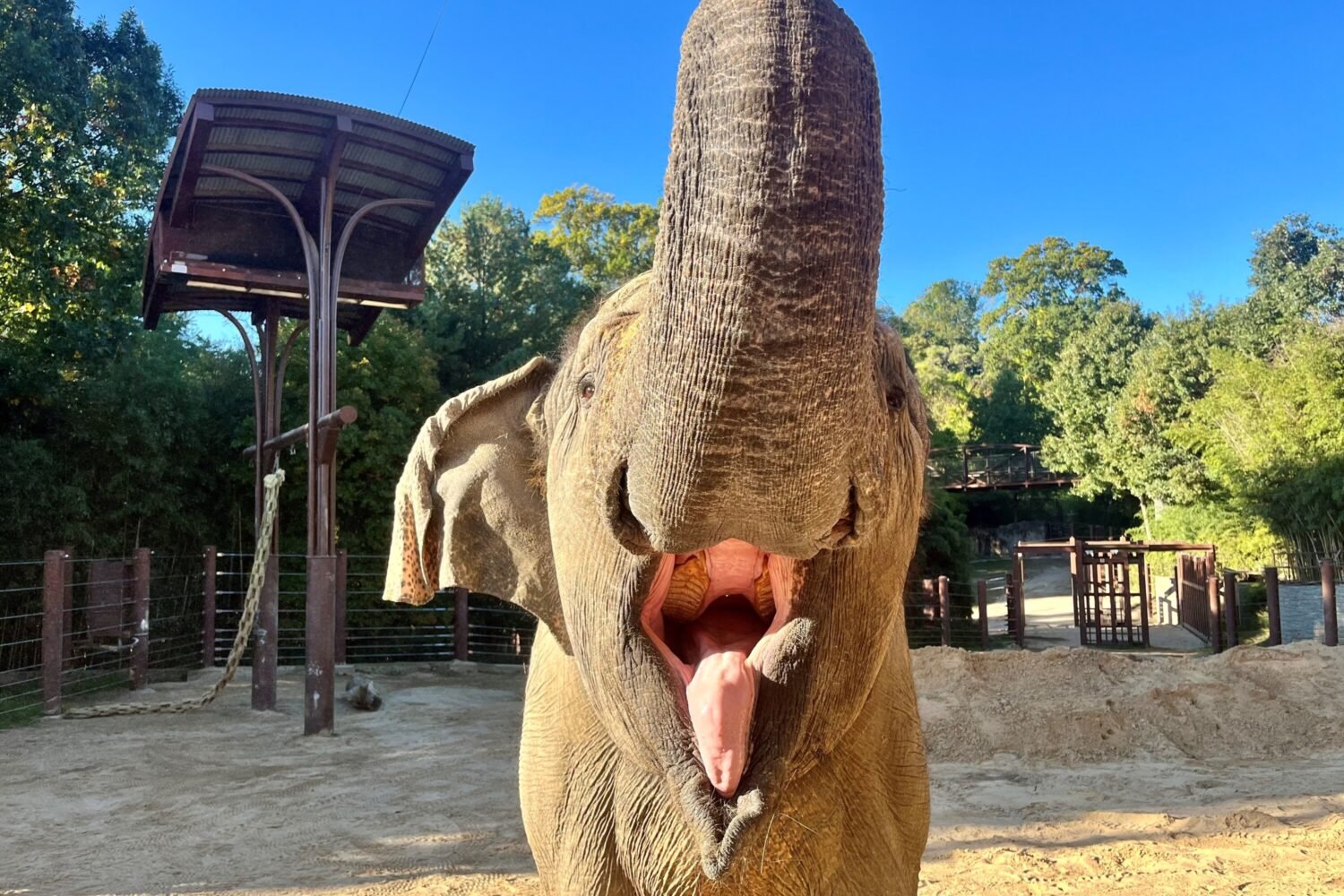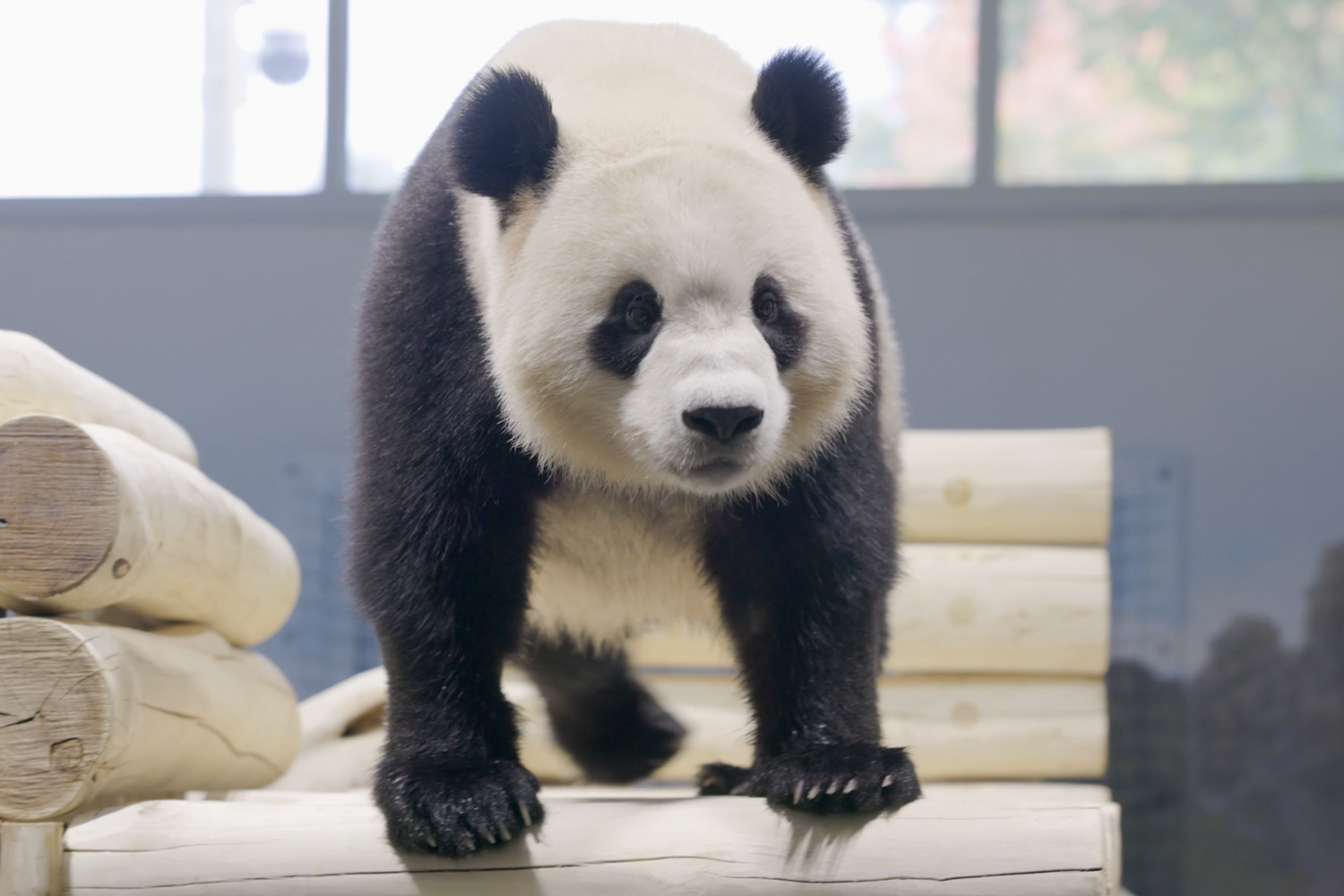For these pygmy slow lorises, it seems the only thing larger than their eyes is their cuteness.
Meet the two week-old offspring of parents Naga and Pabu—the first pygmy slow loris birth ever at the Smithsonian National Zoo. The siblings and their parents, members of an endangered species, are now on view at the Small Mammal House.
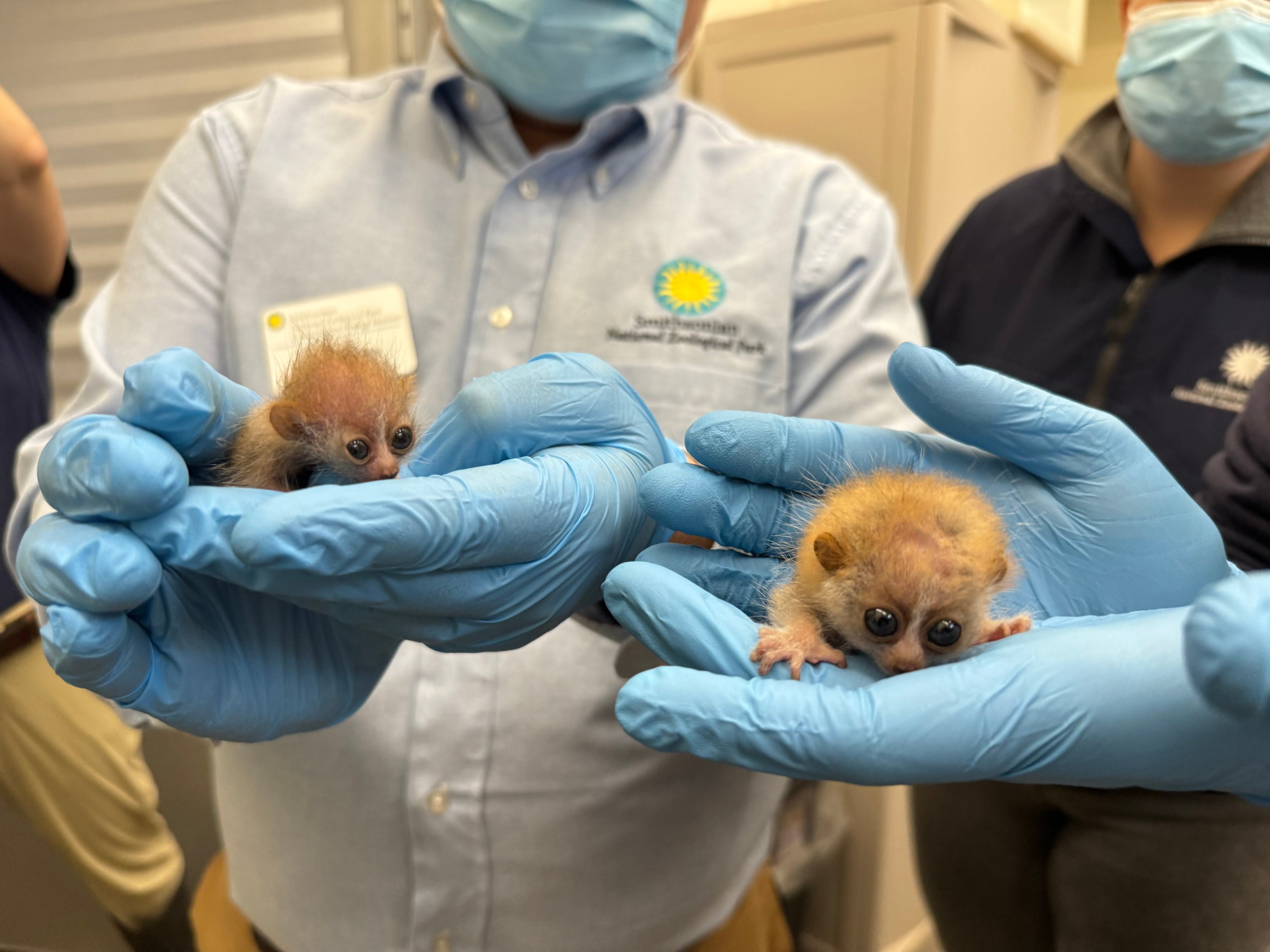
Keepers at the Small Mammal House observed on March 21 that three-year-old mother Naga had given birth overnight and was caring for two infants. She and the babies’ two-year-old father, Pabu, had received a recommendation to breed from the Association of Zoos and Aquariums’ Species Survival Plan.
They seem to have hit it off: “Naga and Pabu’s ‘howdy’ introductions took place in September 2023—about a year after they arrived—and the pair bred soon after meeting,” read a National Zoo press release.
The babies are the first offspring for both parents. Keepers say the infants appear healthy and strong, and their sexes will be determined at their first vet exam in the coming months.
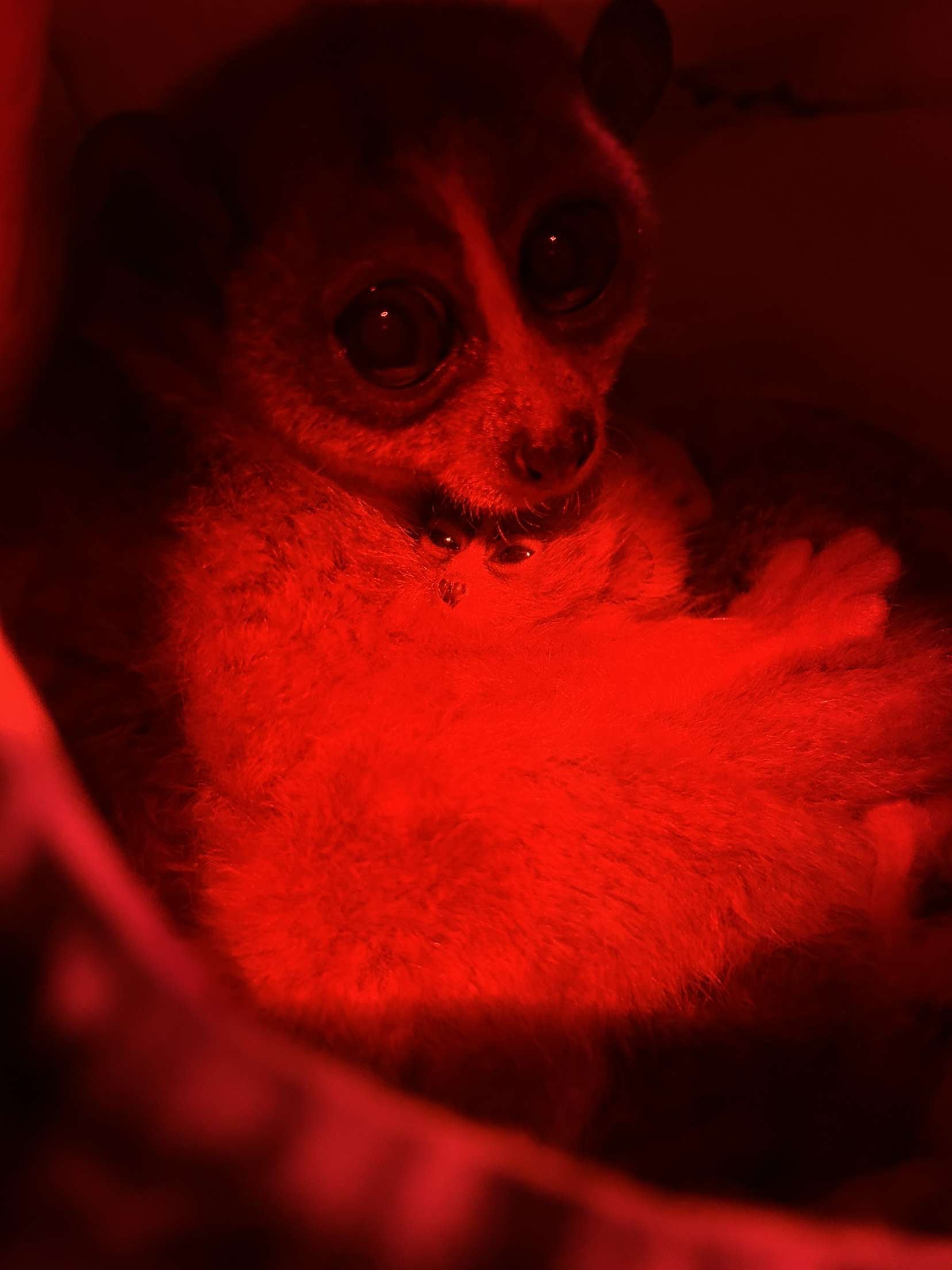
Slow lorises are the only venomous primates, with venom produced in the glands of their upper arm. Though they do not use it against predators, the primates groom themselves with the venom to ward off parasites and warn predators (so don’t mess with them!).
The bug-eyed babies will be cared for by their parents, with the assistance of zookeepers. See them at their most active late morning and early afternoon.

